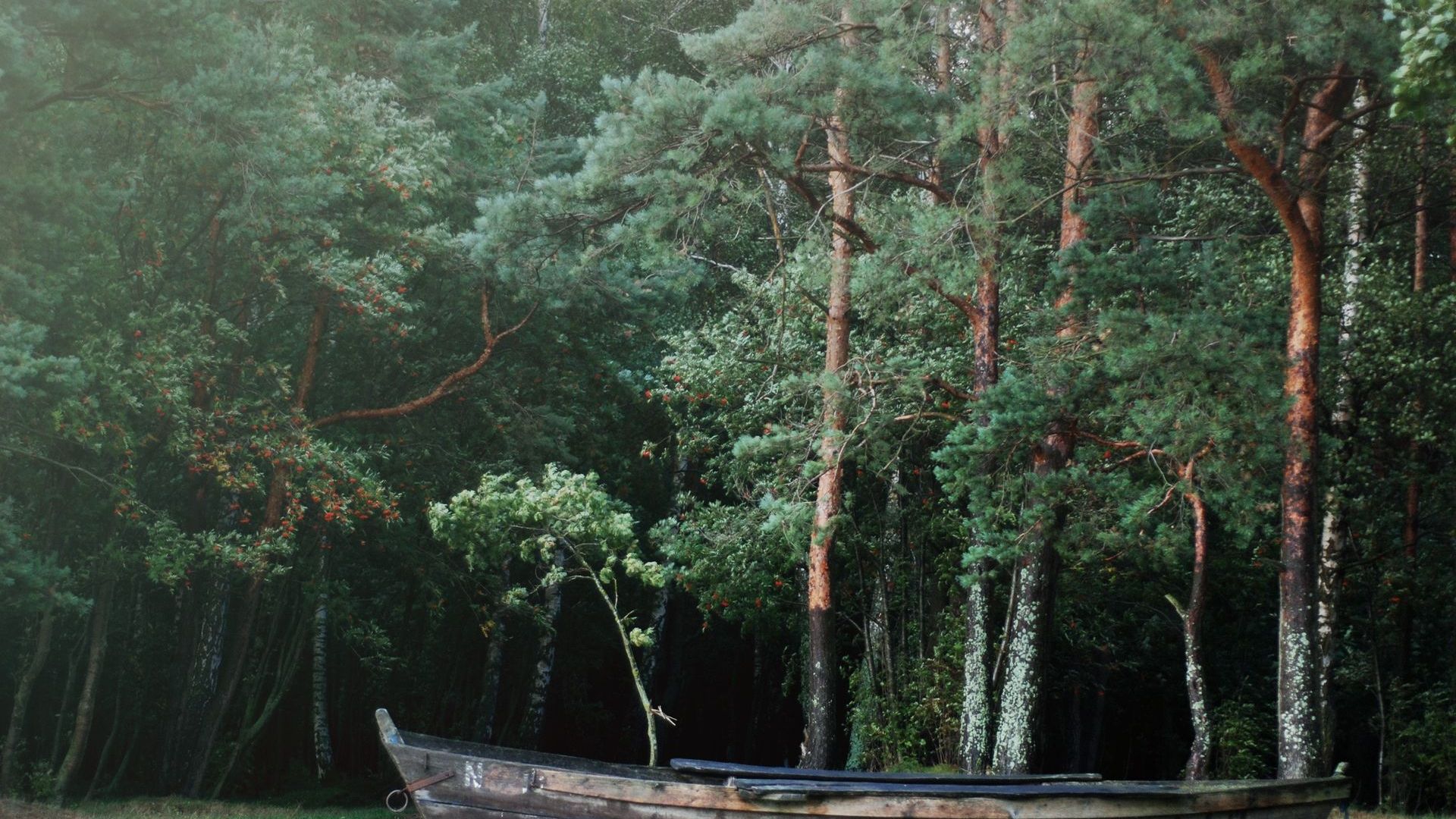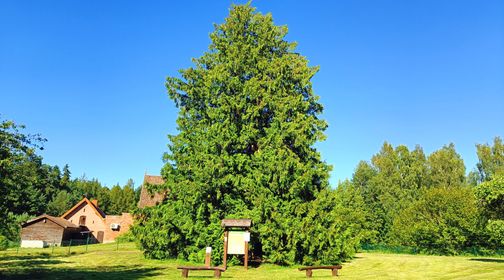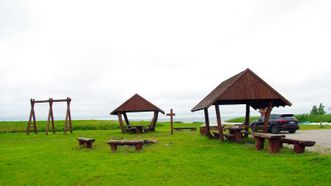
Kintai – a settlement near the Curonian Lagoon. Kintai is surrounded by a magnificent pine forest (600 ha) known as the Kintai Forest. In the center of the town stands the Evangelical Lutheran Church, with a history dating back to the 18th century. In recent years, the Great Church of Kintai, as locals say, has gradually become a cultural hub: it hosts concerts as part of the Kintai Summer Festival. The Kintai Festival has gained recognition as a cultural phenomenon at the European level. Kintai is also known for Wilhelm Berbomas, an English-born fishery inspector who, in 1844, introduced the marking of Curonian fishing boats with weather vanes. Such splendid and distinctive weather vanes were not found anywhere else in Europe. From 1888 to 1892, the renowned Lithuanian writer and philosopher Vydūnas lived and worked in Kintai. The Vydūnas Memorial Museum has been established here, providing an opportunity to deepen knowledge about the history of Little Lithuania and view a unique exhibit – Vydūnas' harp. Kintai is also renowned for having the tallest thuja in Lithuania, reaching about 18 meters in height with a width of around 12 meters. A larger one is known only in Switzerland.
Kintai is celebrated for its fishing traditions. The primary industry here was fishing, a tradition that has persisted to this day. Since ancient times, the people of Kintai have engaged in friendly competitions with Rusnė's fishermen over exclusive smoked fish recipes. Kintai – the coast of Ventė – has become a favorite spot for summer plein-airs among artists.
Near Kintai, in the Minija River delta, lies the village of Minija, more commonly known as Mingė, first mentioned in written sources in 1540. The picturesque village in the Nemunas Delta Regional Park is unique because the river, bustling with fishermen, serves as the street, yet crossing it is not so easy – there is no bridge. Local residents cross to the other side by ferry or water bicycles. For this reason and the beautiful natural landscape, locals call Mingė the little Venice of Lithuania. The village has an excellent yacht harbor with all the necessary infrastructure, making it one of the most visited places in the region.
Ventė Horn is a marvelous corner of western Lithuania on the shore of the Curonian Lagoon. This place is surrounded by legends and real events, reminiscent of the castle from the times of the Crusaders and ships that have sunk more than once. Ventė Horn is the furthest point to the west in the Šilutė district, a peninsula on the eastern shore of the Curonian Lagoon. The peninsula is 5.5 km long, and its greatest width is 2,2 km. At the tip of Ventė Horn stands a brick lighthouse built in 1852. Its height is 11 meters. Ventė Horn Lighthouse is one of the few lighthouses in Lithuania that can be freely climbed for a panoramic view. Old iron stairs, adorned with original ornaments, lead to the observation platform. The site is also significant as a viewpoint offering views of the Curonian Spit, the Rusnė Island, and the Curonian Lagoon. The great bird migration route extends through Ventė Horn, so in 1929, an ornithological station, museum, and visitor center were established there. The first ringer of the station's bird ringing, Mikas Posingis (1887-1951), who worked as the Ventė Horn Lighthouse keeper, discovered this wonderful place. Now, Ventė Horn is the most visited tourist spot in Pamarys, where you can find a peaceful oasis on the shores of the lagoon waves.
Points of interest
19
Food
5
Accomodation
8
Loading...
©2026 trip.lt




















